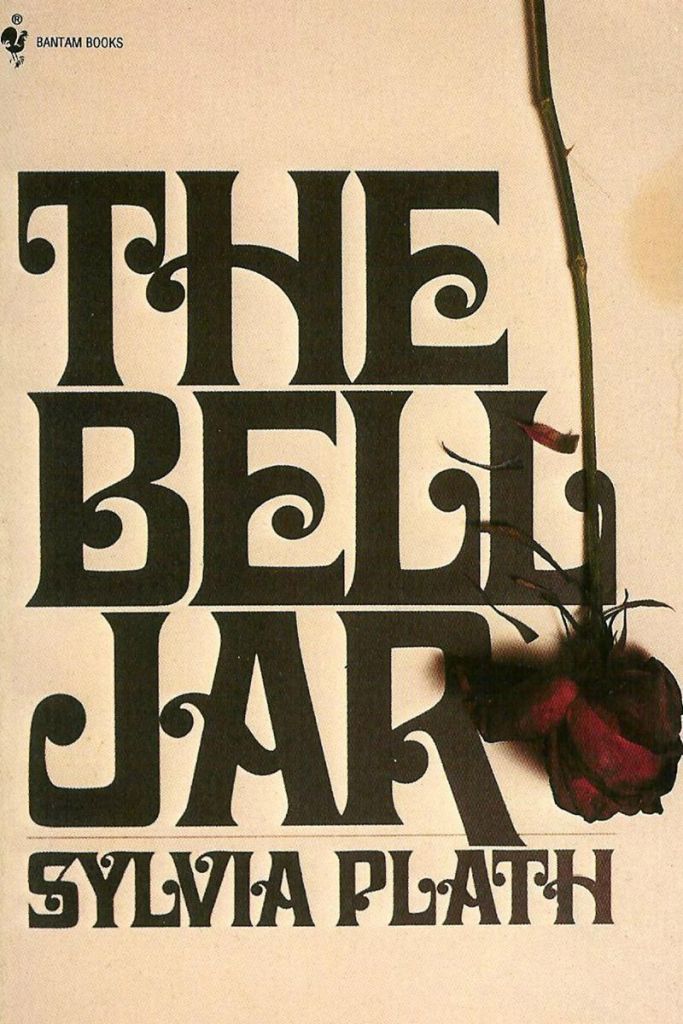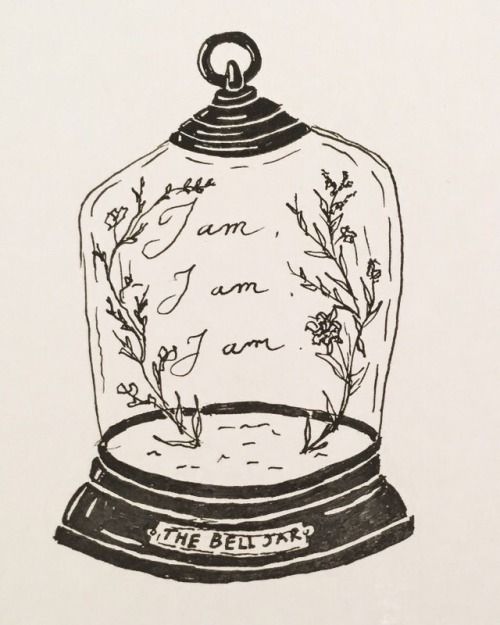Committing suicide. It is shocking, shakes your core and stimulates all of your emotions. “Thirteen Reasons Why”, one of the most acclaimed TV shows and the novella “The Bell Jar” by Sylvia Plath both treat this shuddering subject but formulate it at different stages: when the depressive pain cans till be defeated or when it’s already too late.
Esther Greenwood, the literary protagonist, and Hannah Baker, the movie character both struggle with extreme anxiety and degenerating depression due to the social pressure that is imposed upon them. Both of them get driven on the edge of despair, but only one takes the final leap of faith and ends her life. The dissimilar factor? The solutions coming at the necessary moment.
Girls with potential, destroyed by a ruthless society
Esther Greenwood is described as an ambitious young girl, with high hopes to succeed professionally. She moves to New York after winning a competition held by a prestigious magazine. Having started her university education, she also starts to encounter maturing experiences and occasions, especially in the romantic sense. All of her attempts to have a steady relationship with several men are doomed to fail. This is the genesis when her level of stability starts to decrease. Slowly but steadily, her level of inner stability is plunging, and Esther can’t function anymore, isolates herself and a grey cloud hangs upon her aspirations.

Source: Pinterest
Vicious circles with boys also tormented Hannah Baker to the point of no return. As a high school student, her drive for novelty is unstoppable. Especially romantically and sexually. However, her trajectory is irregular from the very beginning and quickly jets towards tragedy. She gets publicly humiliated after a kiss photo is leaking in the entire school, she can’t discern between love and friendship towards Clay, her confident and co-worker in season one, her first sexual experience has a bitter ending and ultimately, she becomes the prey of a rapist.

Source: Pinterest
Time is essential
If there’s one thing that is seemingly different between the two girls is the element of time. A matter of months, maybe even days or hours created the gap between the termination of life and the remaining will to live.
Esther realised her mental imbalance in time and managed to seek treatment. Although the medical methods prescribed for her included extreme rituals like electroshocks and being admitted in a special facility, she managed to find enough power inside herself to find new resources to cure her disorder. After being successfully undergoing therapy, devoid of any cruelty, she resumes her daily routine. The fear is trailing behind her, but Esther doesn’t all the pessimistic voices inside her head to take over the entire control.

Source: Pinterest
For Hannah, the clock stroke midnight fast. She acknowledged her mental imbalance just like Esther did, but her attempt to find suitable help didn’t pull through. Her most courageous act towards acquiring help was the time when she went to the school councillor and partially exposed the drama unfolding in her life. The pitfall of this situation was the lack of professionalism and implication rom the person appointed to resolve any of the issue arising inside student. This one last let down was what pushed Hannah over the edge, who ended up slitting her wrists in her bathtub.
Objects as confessionals
Although “The Bell Jar” is written in the third person format and the narrator has the desire to be perceived as invisible, the reader easily feels the intimacy and the rawness of the story. There have been theories that Esther is actually Sylvia Plath’s alter-ego since the author suffered from severe depression as well and committed the ultimate act of suicide. Simpler, the book seems and feels like a personal diary. The main character has a sense of profound honesty and doesn’t hesitate to analyse herself from every possible angle. For her, this type of inexplicit “diary” becomes her weapon, the way she can get purified from all the negativity accumulating in her body.

Source: Pinterest
For Hannah Baker, her touch is much livelier and more precisely directed. Before capitally deciding that she wants to end her pain, she recorded herself on thirteen tapes, dedicated to the people she considered responsible. The tapes are virtually a metaphor of her living past death and influencing the fate of many other people. Upon receiving their respective tapes, wave of apprehension and guilts overwhelms all those held responsible and at first, they all try to hide behind a web of lies and guilt tripping. Even so, the intensity of the suicide isn’t surpassed, and all the adequate punishments are applied to each genuine abuser.
Mental illnesses and suicide are serious matters that can turn out to be lethal. What we can learn from Hannah and Esther is that no matter of the circumstances, there can be a source of power in the overly used objects we have around us, like a plain diary or some empty tapes lying on a shelf.
If you have read the book, now it’s time to binge watch “Thirteen Reasons Why”. If you have seen the series, grab “The Bell Jar” and start turning pages. Either scenario, strive to become more culture with the aid of these connections!